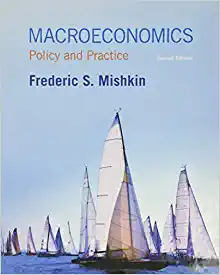Answered step by step
Verified Expert Solution
Question
1 Approved Answer
Subsidy reduces the marginal cost from 147 - 78 = $69 Profit functions are TA = (339 - 1qA - 1qU)qA - 60qA and TU




Step by Step Solution
There are 3 Steps involved in it
Step: 1

Get Instant Access to Expert-Tailored Solutions
See step-by-step solutions with expert insights and AI powered tools for academic success
Step: 2

Step: 3

Ace Your Homework with AI
Get the answers you need in no time with our AI-driven, step-by-step assistance
Get Started


